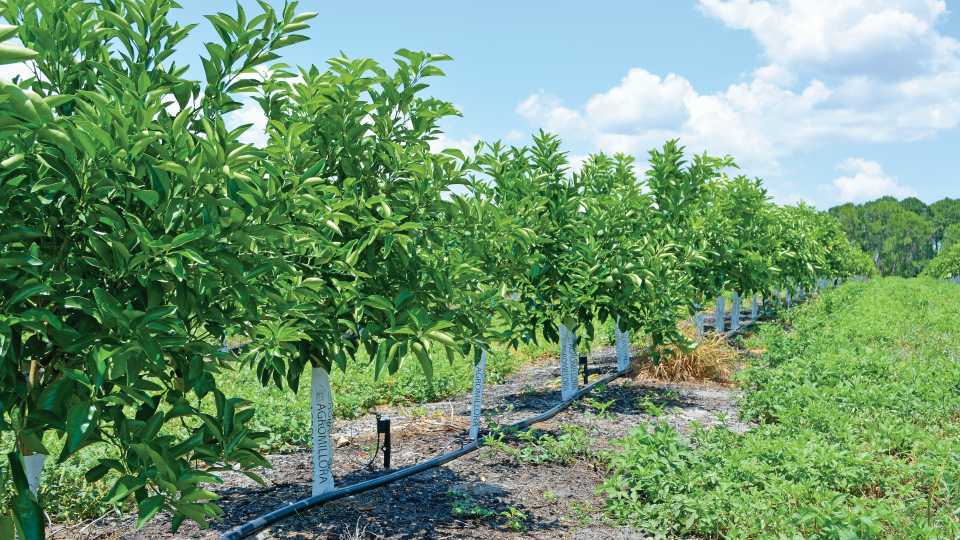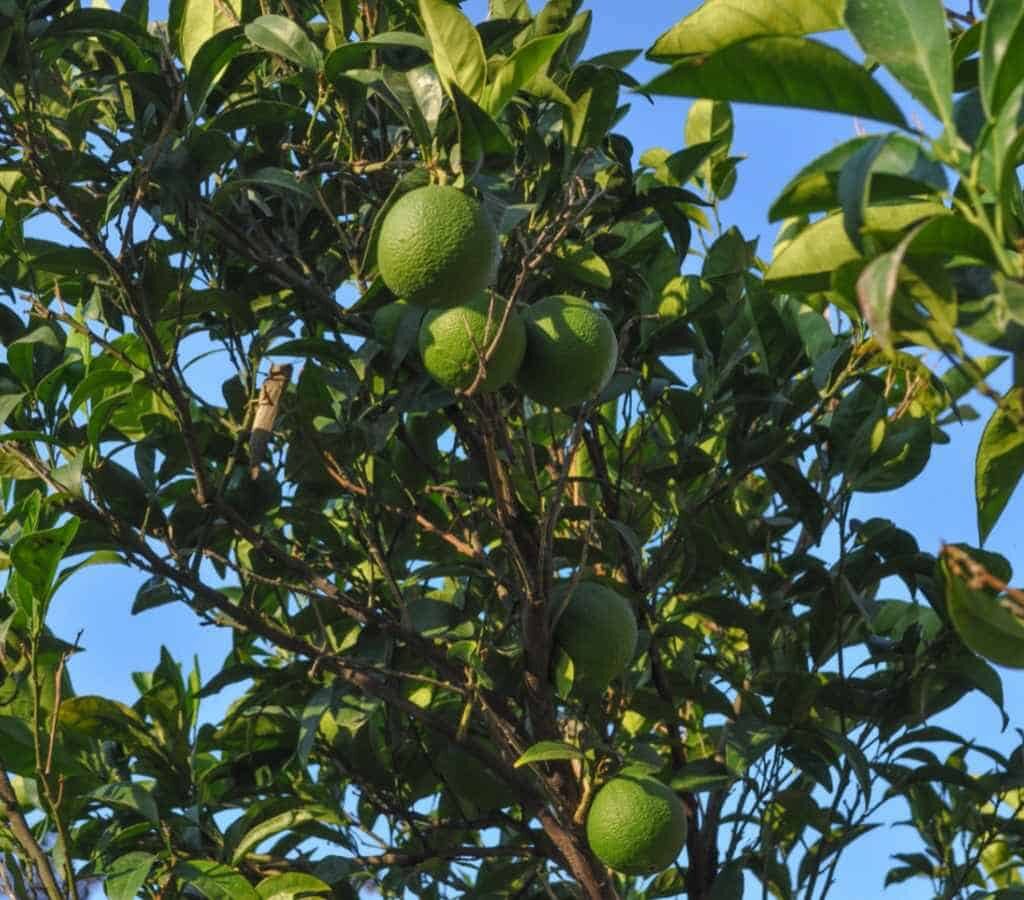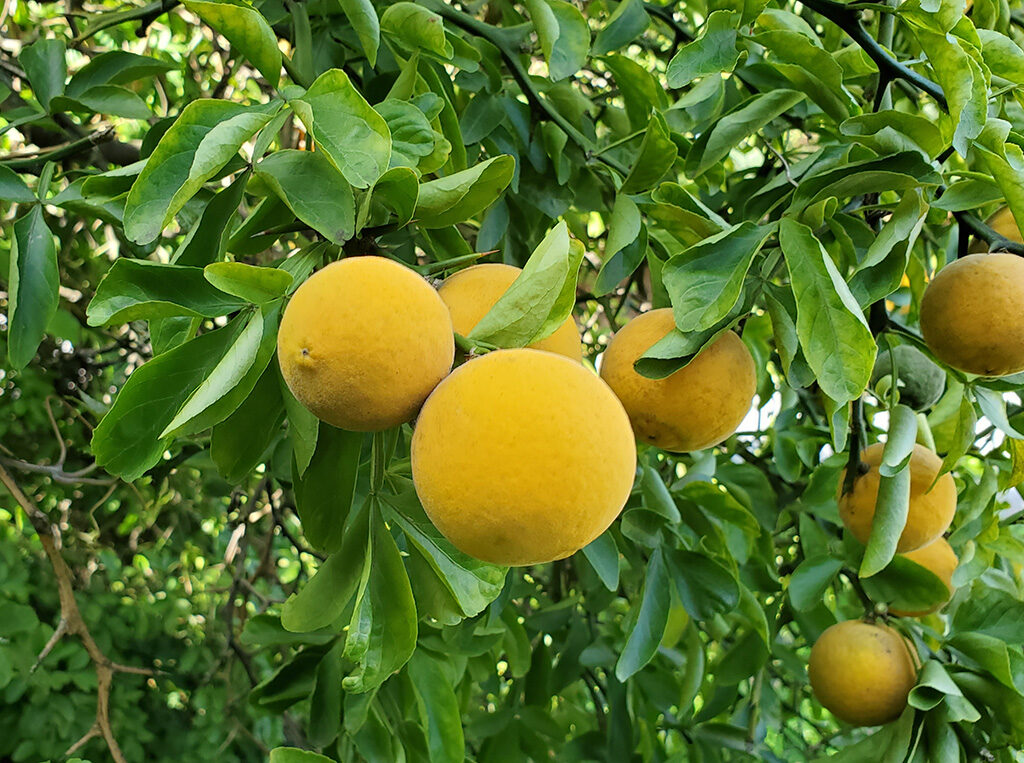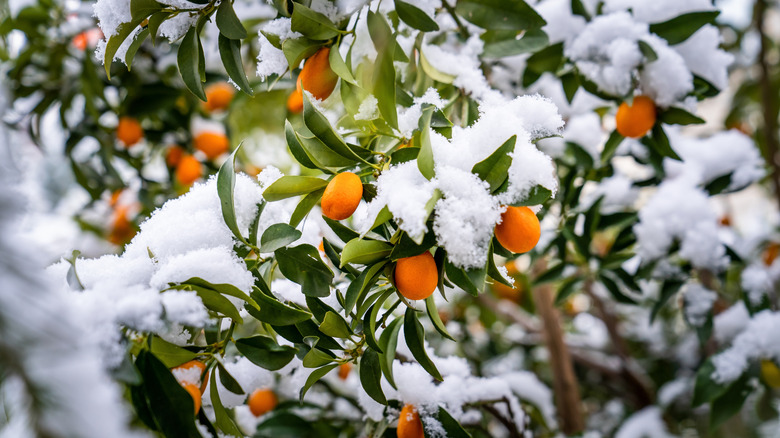Citrus trees are often associated with sunny, warm climates like Florida or California, but did you know you can successfully grow hardy citrus trees even in colder regions? Thanks to advances in plant breeding and clever cultivation techniques, gardeners in cooler climates can now enjoy fresh, homegrown oranges, lemons, and other citrus delights.
In this in-depth guide, we’ll cover everything you need to know about how to grow hardy citrus trees in cold regions — from choosing the right varieties to winter protection tips and year-round care.

Why Grow Citrus in Cold Regions?
Nothing beats the satisfaction of plucking a sun-ripened lemon or sweet orange from your own tree. In colder climates, this was once a rare luxury, but with cold-hardy citrus varieties now widely available, it’s a possibility for many gardeners.
Benefits of growing citrus in cold regions:
- Fresh, organic citrus fruit at your fingertips.
- Adds exotic charm to your garden or patio.
- Aromatic blossoms that brighten up indoor spaces.
- Attractive foliage that remains green year-round.
Best Cold-Hardy Citrus Varieties
If you live in a region where winter temperatures dip below freezing, choosing the right citrus varieties is crucial. Here are some of the best options for colder climates:
Best Hardy Citrus Trees for Cold Regions
- Yuzu (Citrus junos)
Tolerates temperatures down to 10°F (-12°C). Yuzu fruits are small and sour but prized for culinary and cocktail uses. - Changsha Mandarin (Citrus reticulata)
Hardy to 5°F (-15°C). Produces small, sweet, easy-to-peel mandarins. - Flying Dragon Trifoliate Orange (Poncirus trifoliata ‘Flying Dragon’)
Extremely hardy to -10°F (-23°C). While its fruit is bitter, it makes an excellent cold-hardy rootstock for grafting. - Ichang Lemon (Citrus ichangensis)
Handles temperatures down to 10°F (-12°C). Large, lemon-like fruits with a tart flavor. - Satsuma Mandarin (Citrus unshiu)
Survives in temperatures as low as 15°F (-9°C). Sweet, seedless, and easy to grow in containers.

Ideal Growing Conditions for Hardy Citrus
Even cold-hardy citrus trees thrive best with certain conditions. Mimicking their natural habitat as closely as possible ensures healthy growth and good fruit production.
Light
Citrus trees require at least 6–8 hours of direct sunlight daily. In cold climates, plant them in the sunniest, most protected spot available.
Soil
They prefer well-draining, slightly acidic soil. Heavy clay soils should be amended with sand, compost, or organic matter.
Temperature
Hardy citrus trees can tolerate cold snaps but will struggle in prolonged freezes. Ideal growing conditions are:
- Summer: 70–90°F (21–32°C)
- Winter: Above 20°F (-6°C) for most varieties, though some can handle lower.
Planting Citrus Trees in Cold Regions
Best Planting Time
Plant your hardy citrus tree in late spring after the danger of frost has passed. This allows the tree to establish strong roots before winter.
Planting Steps:
- Choose the Right Spot: South-facing locations near walls or fences can help trap heat.
- Prepare the Soil: Loosen soil to at least 18 inches deep and 2 feet wide. Mix in organic compost and a handful of acidic fertilizer.
- Dig the Hole: Slightly wider and the same depth as the root ball.
- Plant the Tree: Ensure the root ball’s top is level with the ground surface.
- Backfill and Water: Fill in with soil, tamp down gently, and water thoroughly.
- Mulch: Apply a 2–3 inch layer of mulch, keeping it away from the trunk base.

Container Growing for Extra Cold Protection
In regions where temperatures routinely drop below 10°F (-12°C), growing citrus trees in containers is a practical solution.
Advantages of container growing:
- Move indoors or to a greenhouse in winter.
- Control soil conditions easily.
- Manage watering more effectively.
Container Growing Tips:
- Use a large pot with good drainage holes.
- Choose a light, well-draining citrus potting mix.
- Water when the top 2 inches of soil feel dry.
- Fertilize monthly with a citrus-specific fertilizer during active growth (spring to fall).
Protecting Citrus Trees in Winter
Protecting your trees from harsh winters is crucial for survival and productivity.
Outdoor Protection:
- Use frost blankets or horticultural fleece during cold nights.
- Build windbreaks with burlap or plastic to shield trees from icy winds.
- Mulch heavily around the base to insulate roots.
Bringing Indoors:
If your tree is in a container, bring it indoors or into a garage, greenhouse, or sunroom before the first hard frost. Ensure it still gets at least 6 hours of bright light daily and keep temperatures between 40–60°F (4–15°C).

Watering and Feeding Hardy Citrus
Watering
Citrus trees dislike both drought and waterlogged soil.
- In summer: Water deeply once or twice a week.
- In winter: Water sparingly, just enough to keep the soil slightly moist.
Fertilizing
Use a balanced, slow-release citrus fertilizer high in nitrogen and micronutrients.
- Apply in early spring, mid-summer, and fall.
Avoid fertilizing in late fall to prevent tender new growth susceptible to frost damage.
Pruning and Maintenance
Citrus trees require minimal pruning, but it’s essential for maintaining shape, encouraging airflow, and removing dead or damaged branches.
When to prune:
- Late winter or early spring before new growth begins.
What to prune:
- Remove any suckers growing below the graft union.
- Trim crossing branches and thin out crowded centers.
- Remove frost-damaged or dead wood.

Harvesting Citrus in Cold Regions
Depending on the variety and climate, citrus fruits typically ripen between late fall and early spring.
Signs fruit is ready:
- Full color development.
- Slightly soft when gently squeezed.
- Easily detaches from the tree.
Tip: Citrus does not ripen well off the tree, so harvest only when fully mature.
Common Problems and Solutions
Though hardy citrus trees are resilient, they can face challenges in colder climates.
Frost Damage
Solution: Cover trees with frost cloths, mulch heavily, and avoid pruning until spring to assess damage.
Leaf Yellowing
Cause: Nutrient deficiency or overwatering.
Solution: Adjust watering schedule and apply a balanced fertilizer.
Pests
Aphids, spider mites, and scale insects are common.
Solution: Spray with neem oil or insecticidal soap.
Final Thoughts
Growing hardy citrus trees in cold regions is not only possible — it’s immensely rewarding. With careful variety selection, proper planting, seasonal care, and winter protection, you can enjoy fragrant blossoms and fresh, tangy fruit straight from your own garden.
Whether planted directly in the ground in milder cold zones or grown in containers and moved indoors for winter, citrus trees can thrive and produce delicious harvests even when snow blankets the landscape.
So go ahead — embrace a little tropical flair in your cold-climate garden. Your future self, sipping fresh-squeezed juice on a crisp morning, will thank you.






Leave A Comment